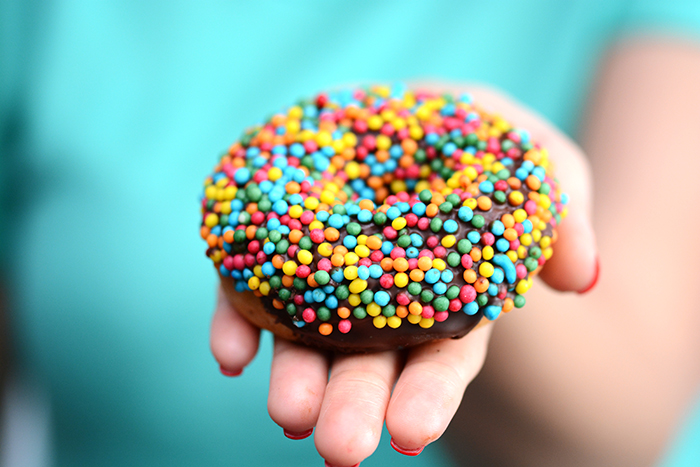Food is one of those areas of life where we negotiate with ourselves, particularly when it comes to something like sugar… I’ll just use honey or maple syrup instead of white cane sugar, we tell ourselves virtuously.
ALSO SEE: Food Labels: What’s In My Food?
While sugars like honey and maple syrup do have some health benefits, the reality is that the quantity of minerals and antioxidants they contain is not worth the kilojoules, because gram for gram, most forms of sugar release about the same amount of energy, and will cause weight gain if consumed to excess.
“In fact, honey has slightly more kilojoules than table sugar. One tablespoon of honey contains 269kJ, which is higher than that of sugar at 205kJ per tablespoon,” reports Medical News Today.
“Honey, brown sugar, white sugar and maple syrup all have similar nutritional values,” confirms the Canadian Sugar Institute. “All are composed of glucose, fructose, and/or sucrose in varying amounts, provide a similar amount of energy – approximately 17kJ per gram – and contain insignificant amounts of vitamins and minerals.”
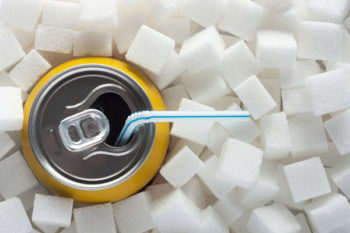
ALSO SEE: 5 Sugar-laden Foods To Avoid
The World Health Organisation strongly recommends that both adults and children reduce their free sugar consumption to less than 10% of total daily energy intake, and conditionally recommends everyone to make it 5%. For an adult, 5% is around 25g or 5tsp a day, says nutritionist Fiona Hunter. ‘Free sugar’ means sugar added to foods by manufacturers, at the table, or in cooking, and includes honey, syrups and fruit juices.
While some studies suggest that eating too much sugar increases the risk of cardiovascular disease, Type 2 diabetes, high blood pressure and obesity, other experts dispute these links. Most agree, however, that sugar provides ‘empty kilojoules’ that don’t come packaged with any other nutrients. Fruit, on the other hand, is also relatively high in sugar, but packed with fibre and vitamins.
ALSO SEE: The Low Sugar Diet Plan
What you need to know about sugar and health
People who have tried a low-sugar diet say that, after a few weeks, they have more energy and feel more focused, particularly in the afternoon; they lose weight, especially around the stomach; sleep better and wake more refreshed. Experts say, in the long run, eating less sugar will help reduce the risk of heart disease, diabetes and obesity, and will even delay signs of ageing like wrinkling and loss of collagen.
Cutting out or cutting down on those obvious sources, like sugar in tea or coffee, and foods like biscuits, cakes, puddings and sweets, is a good place to start, but much of the sugar we consume is ‘hidden’ in processed foods and beyond our control. A simple and effective way to reduce the amount of sugar you eat is to start cooking as much as possible from scratch so you have ultimate control over how much sugar you add. If you have a sweet tooth, don’t worry, you can re-educate your palate to enjoy foods that are less sweet. Another option is to use fruit to sweeten baked goods, or a natural sugar-free sweetener.
ALSO SEE: Where to buy Sugar-, Dairy- And Gluten-Free Products in SA
The GI factor
While the amount of sugar in food is important, it’s not the end of the story. The glycaemic index (GI) and the effect food has on our blood sugar is important, so drinking large quantities of fruit juice or smoothies, for instance, is not a good idea, even though the sugar is natural, not ‘added’, and comes packaged with other nutrients, such as vitamin C and potassium, which are beneficial in terms of health. At the end of the day, most of us, even nutritionists, like a sweet treat now and again, and that’s exactly what sugar should be: an occasional treat rather than a regular part of our diet.
Understanding the labels
If you eat a lot of processed foods, then you’re at the mercy of the manufacturers when it comes to how much sugar they add, so start checking the labels.
According to the South African Sugar Journal, “all packaged food products in South Africa have labels stating what ingredients have been used to make the food – including sugar. By South African law, all food products that carry a nutrition information table must also indicate the amount of sugar in the product.”
But, says Fiona, looking at the nutrition panel on the pack isn’t always a great deal of help, because the figures given are for total sugar, not just added sugar. That includes natural sugar from fruit (fructose) and milk (lactose), so a tub of plain low-fat yoghurt may have 10g of sugar, but it could all be natural sugar from the milk, rather than added sugar.
ALSO SEE: 5 Ways To Curb Sugar Cravings
To see if a product has added sugar, check the ingredients list. Any added rather than natural sugar will appear in the list of ingredients, which are shown in descending order by weight, so the higher sugar is on the list, the greater the quantity.
But take care, because sugar sometimes goes by other names. If you see glucose syrup, fruit juice concentrate, fructose, molasses, corn syrup, dextrose, maltose, honey, brown rice syrup, grape juice, cane syrup, or evaporated cane in the list – they’re all code for sugar!
And remember, just because something is labelled 25% less sugar, doesn’t mean it’s low in sugar; low-fat products often contain more sugar than full-fat items because sugar is added to compensate for fat that has been removed.
What about sweetners?
Stevia is one of a group of sweeteners called non-nutritive sweeteners, which include sucralose, aspartame, saccharin, acesulfame K, and sodium cyclamate. They’re up to 700 times sweeter than sugar, virtually kilojoule-free, don’t affect blood-glucose levels, and don’t cause tooth decay.
Faithful to Nature Rice syrup, R102 for 500g is another option to try. Made from fermented cooked rice, it has the consistency of honey, and tastes like a mild golden syrup. It’s also low-GI and fructose-free (fructose is the part of the sugar molecule experts think most damaging). Use it to sweeten yoghurt, smoothies, or in baked goods. But don’t overdo it: you’re trying to get used to less sweetness!
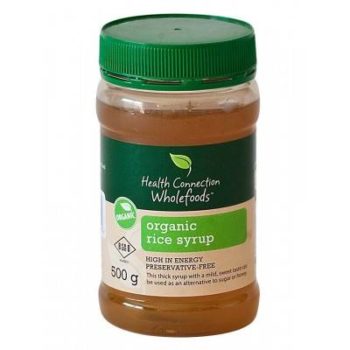
4 simple swaps to help reduce your sugar intake
Swap: Instead of granola, choose muesli. Despite its healthy, good-for-you image, granola is simply clusters of grains held together by fat and sugar. It might seem like muesli is high in sugar, but as long as you choose a no-added-sugar variety, it will all be natural sugar from the dried fruit.
ALSO SEE: Foods To Avoid On A Gluten-free Diet
Swap: Instead of eating fruit-flavoured yoghurt, go for plain yoghurt that’s sweetened with fresh fruit – it’s a much better option.
Swap: Instead of toast and jam, have toast with peanut butter or mashed banana. Some brands of peanut butter contain added sugar, and reduced-fat options can contain more sugar than full-fat versions, so check the labels, but both options still contain significantly less sugar than jam. If it has to be jam, choose a reduced-sugar variety like St Dalfour Jams, R45,99 for 284g, Pick n Pay.
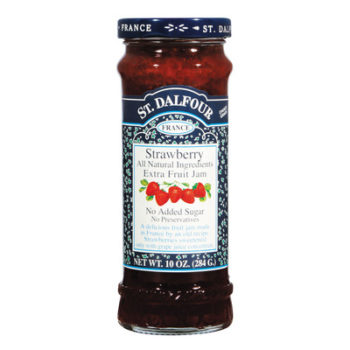
ALSO SEE: Curb Your Cravings…Forever!
Swap: Instead of fruit juice, go for vegetable juice – fruit-based smoothies and juices can be a convenient and tasty way to help you reach your five-a-day target but, at the same time, they pack a real punch when it comes to sugar. Vegetable-based juices, or a blend of fruit and vegetables, contain less sugar than pure fruit juice does. Try Solal 24-in-1 Superfruit & Vegetable Drink, R239,99 for 30 servings, Woolworths.
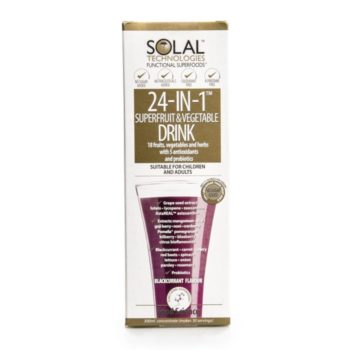
Compiled by Health Writer, Belinda dos Santos

